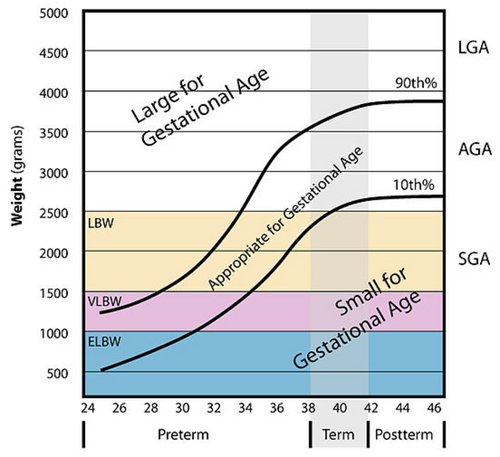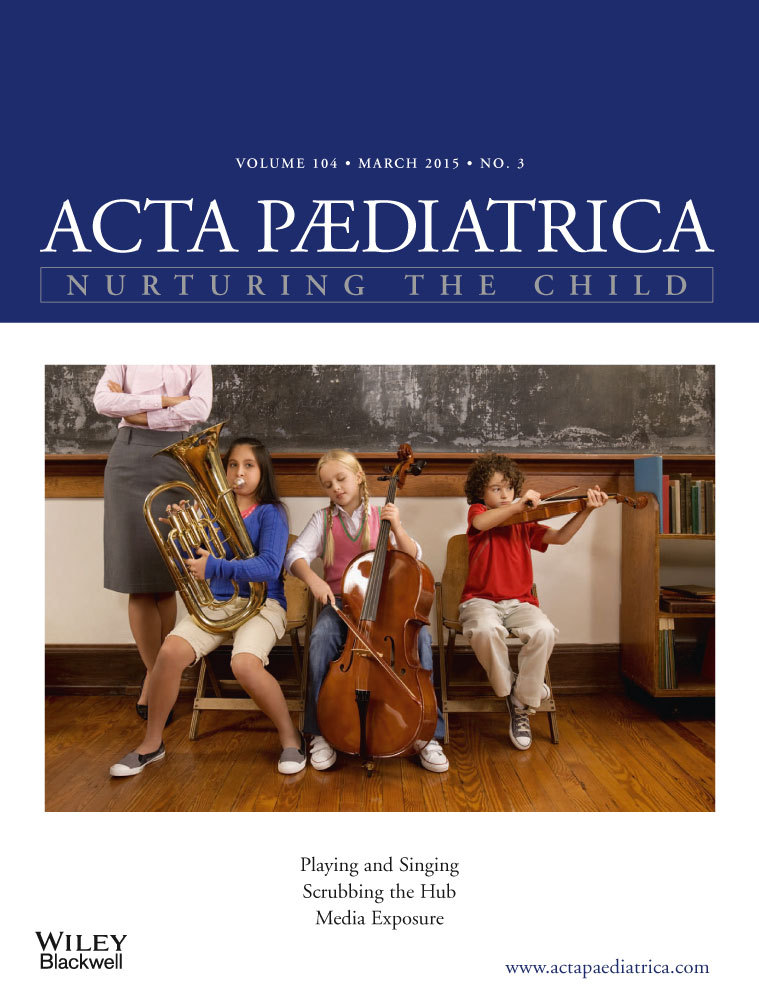Multiple risks for long-term cognitive impairments following preterm birth
Lundequist et al. 1 are among the few researchers to have followed the same sample of very low birthweight (VLBW) children of <1500 g from early childhood to late adolescence. They are to be complimented for their success in maintaining their regional cohort and for examining neuropsychological outcomes in older adolescents so comprehensively. The finding of persistent deficits in their extremely preterm (EPT) group, with a gestational age (GA) of 23–27 weeks, across multiple cognitive domains is consistent with other studies cited by the authors and confirms a lack of cognitive recovery from earlier deficits. The pattern of marked deficits in visual-motor skills and executive functioning with sparing of naming vocabulary is also similar to that observed in their earlier follow-up of the sample at five-and-a-half years and to profiles reported in other studies of adolescent outcomes of more extreme degrees of prematurity 2, 3.
A key take-home message from the study is the need to consider multiple risk factors in predicting long-term outcomes of preterm birth. Data from the Stockholm Neonatal Project suggest that these risks include EPT birth, neonatal complications and small for gestational age (SGA) status. Comparisons of EPT adolescents with and without neonatal complications, to each other and to term-born controls, suggest that EPT birth is itself a risk factor for poorer cognitive outcomes, but that this risk in heightened by neonatal complications. Because the Stockholm sample was restricted to preterm VLBW infants of <37 weeks of GA and thus excluded more mature children of ≥37 weeks GA who were SGA, as well as those from the higher GA subgroups with birthweight more appropriate for GA, there was insufficient opportunity to examine the separate effects of low GA and SGA. Possible differences in outcome in relation to the type of neonatal complication were also not directly explored, but the different impairment profiles in the EPT and moderate preterm (MPT) groups with a GA of 32–36 weeks also support the possibility of distinct effects of these risk factors on cognitive outcomes.
Several past studies comparing SGA children to both birthweight-matched and GA-matched groups indicated that GA and birthweight made independent contributions to outcome 4, 5. Other research also supports independent effects on early neurodevelopmental outcomes of different types of complications, including chronic lung disease, retinopathy of prematurity and perinatal brain insult 6. It is likely that the effects of SGA vary with the level of GA and that the independent effects of these two factors on cognitive outcomes are obscured by the much larger influences of more extreme preterm birth and attendant neonatal complications 5, 7, 8. Nevertheless, evidence for independent associations of these several factors with developmental outcomes raises the possibility of distinct pathologies linked to different patterns of cognitive impairment. A number of follow-up studies of preterm children have supported this possibility by finding that low GA, SGA and individual neonatal complications have different cognitive and behavioural correlates. For example, increased behaviour problems in children and adolescents have been associated with VLBW but not SGA 9, 10, GA and neonatal complications have been related to different types of cognitive deficits 11, and chronic lung disease has been said to predict more generalised cognitive impairment than low birthweight or perinatal brain insult 3. SGA status may also have specific consequences for brain development 12.
The contrasting sex differences in outcomes for children with EPT versus MPT birth is a further reason to suspect that different biological processes are at play in children with low GA compared to those with SGA. Although sex differences in outcomes of preterm birth are poorly understood, the observation of greater cognitive deficits for EPT males than females is consistent with past findings 13. The greater vulnerability of females to the effects of SGA has been noted less frequently, but parallels findings from a study that compared SGA and appropriate for gestational age (AGA) infants of extremely low gestational age 14. Females with SGA in that study had higher rates of developmental delays in early childhood than females with AGA, whereas this difference was not evident for males. Detection of effects of SGA relative to AGA in males was facilitated by excluding children with neurosensory limitations, echoing an earlier emphasis on the need to take neurosensory status into account in specifying the effects of SGA 15.
The conclusion that VPT children are free of residual cognitive deficits is at odds with numerous studies showing a continuum of impairment in cognition, academic skills and behaviour that extends from EPT birth through late preterm birth 16. The authors are justified in highlighting the finding of apparent sparing from adverse developmental consequences for some preterm children. Additionally, the effects of VPT birth may be attenuated for children at lower social risk and with full access to good healthcare and educational resources 17 or by compensatory neural reorganisation 18. However, it is also possible that the lack of differences reflects the exclusion from the VPT group of children with more severe degrees of SGA, such as those with a GA or ≥37 weeks, or by the manner in which the term control group was formed. As described in this research team's report of outcomes at five-and-a-half years, the VPT group was recruited from a more limited geographic region than the EPT group, with controls matched individually to preterm children based on hospital of birth. Despite similar parent educational levels, the term controls may thus have been less closely matched to the VPT group than to the EPT group. The fact that some deficits in the EPT group were only found in comparison with the VPT group and not relative to term controls is consistent with this possibility.
Identification of distinct mechanisms of effect of preterm birth, some of which are noted by the authors, will require further efforts to clarify the individual and combined contributions of multiple medical risk factors to cognitive outcomes. Assessments of brain status and neuropsychological skills are likely to play a critical role in deciphering these mechanisms. For example, discovery of associations of a risk factor with a selective pattern of abnormality in brain structure or function or a specific neuropsychological phenotype would provide information on how that risk factor affects outcome as well as clues to the underlying pathology. Measurement of moderating influences of genetic and environmental factors will be of further value in improving accuracy in predicting individual outcomes and in creating more complex causal models of how neonatal risks operate in concert with other influences to shape children's development 9. Conceptualisation of the effects of preterm birth as precipitants to different neurodevelopmental trajectories, rather than as predictors of cross-sectional outcomes, will be of additional value in elucidating effects on brain and behaviour 2, 3, 19, 20. Many past studies examining the independent effects of individual neonatal risks have only followed preterm cohorts through early childhood. A larger goal is to enhance knowledge of how neonatal risks are related to developmental growth, and this will demand longer term follow-up across multiple ages. Finally, it will important to investigate the functional implications of residual cognitive impairments for behaviour and learning, as well as for the types of adaptations needed for youth to successfully transition to adulthood.






